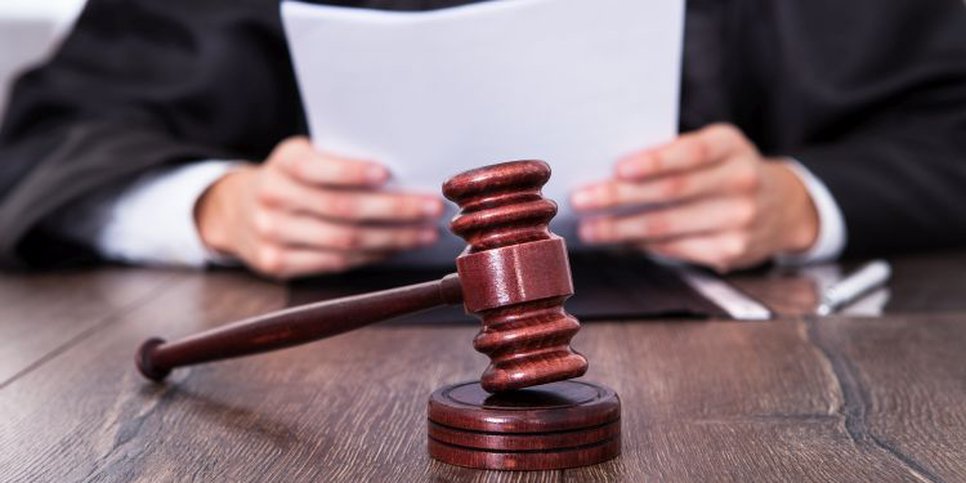Photo source: AndreyPopov / depositphotos.com
Photo source: AndreyPopov / depositphotos.com
Arrested in absentia. In Khabarovsk, two more men became defendants because of their faith
Khabarovsk TerritoryOn August 5, 2019, D. S. Pozdnyakov, a senior forensic investigator of the Investigative Department of the FSB Directorate for the Khabarovsk Territory, charged Sergey Semenyuk and Sergey Svetonosov in absentia under Part 2 of Article 282.2 of the Criminal Code of the Russian Federation. Their alleged fault is that in April 2018 they met with friends in the conference room of the hotel complex and read the Holy Scriptures together.
Semenyuk and Svetonosov were charged along with Yevgeny Aksyonov, who has been under house arrest since August 6, 2019, when his apartment was searched. The number of believers persecuted in Khabarovsk has reached 10 people. One of them, Valery Moskalenko, was sentenced on September 2, 2019 to 2 years and 2 months of forced labor and 6 months of restricted freedom. A decision by the Court of Appeal is awaited.
On August 13, 2019, the Zheleznodorozhny District Court of Khabarovsk, in the absence of the accused, chose a measure of restraint for them in the form of detention. According to investigators, Sergey Semenyuk and Sergey Svetonosov are outside of Russia. They are on the international wanted list. Returning to their homeland threatens each of them with immediate imprisonment.

